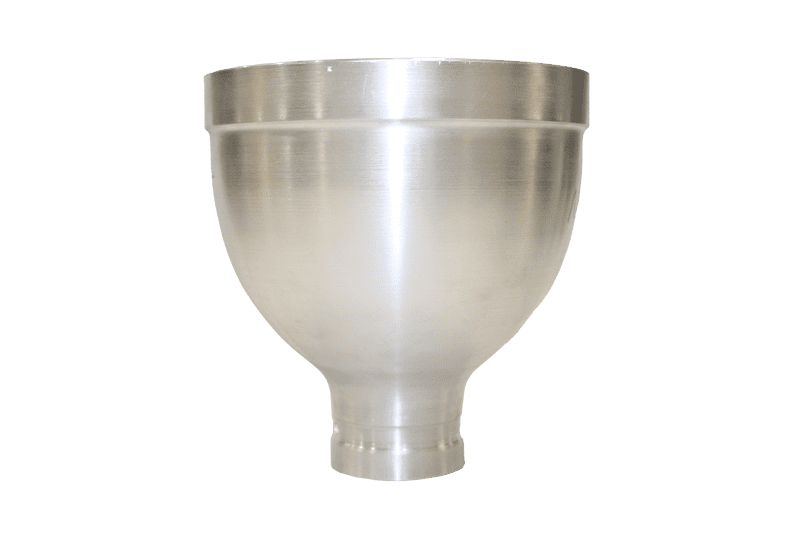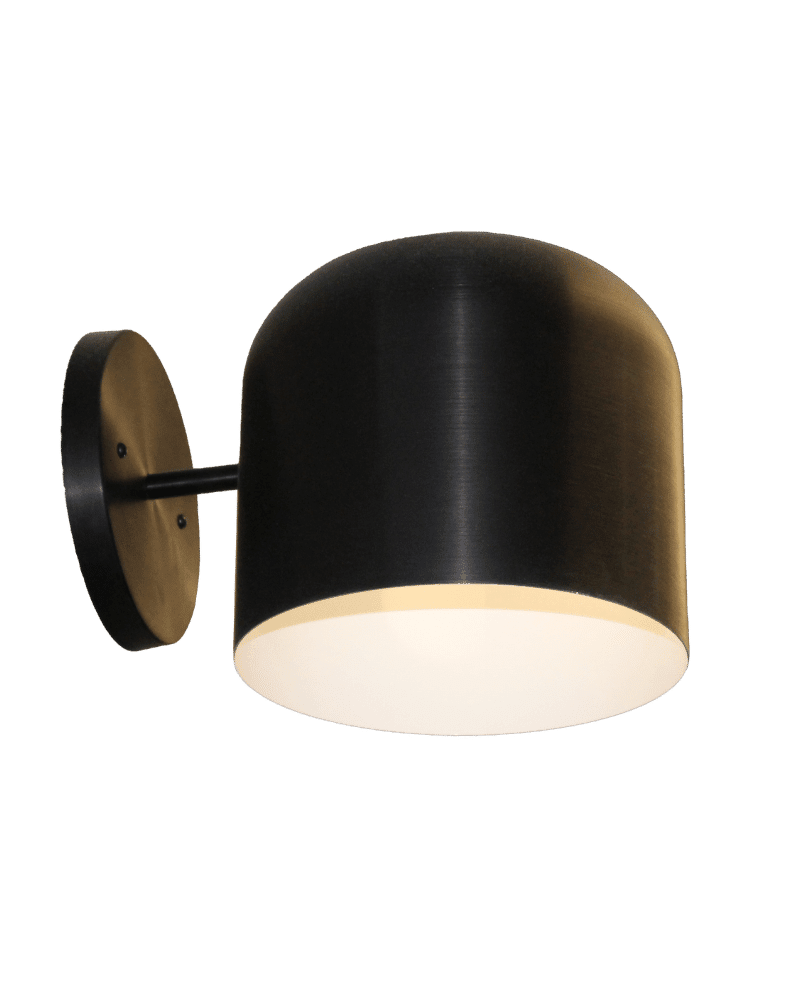
What Raw Materials Can Be Used?
Typically, the most common types of metals that are being spun in our shop are aluminum, stainless steel, and mild steel. Without getting into the deep specifics, different metals have different properties, so the preferred metal for cones and domes depends on the application of the part. Mild steel tends to be more cost-effective, but it is prone to rust under certain weather conditions. Aluminum won’t rust, but it is a much softer metal when compared with stainless steel.
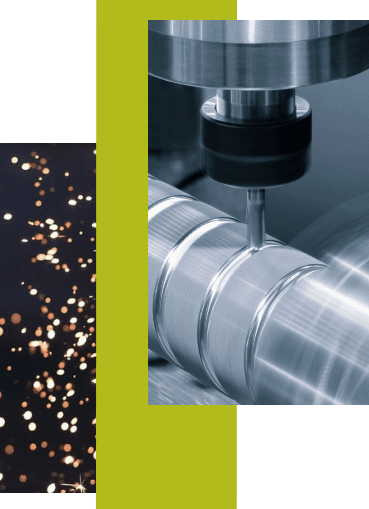
What Sizes Can Be Achieved?
This group about unique shapes have almost identical spinning capabilities as the first group about the conical and dome shapes. Of course, the shapes and geometries are different, but the biggest OD being spun and material thickness limitations are the same as the conical and dome-shaped sections. Our maximum blank diameter for spinning is still 102”.
Instead of repeating the capabilities, here are some important details:
Garbage lids usually follow the manufacturing process of laser cutting a flat blank, metal spinning, and then getting features cut out on our 5-axis laser cutter.
The outside diameter of the hoppers and funnels can reach impressive sizes, typically ranging up to 50”, depending on the specific part.
The inside diameter of the hoppers/funnels we can metal spin is highly versatile, accommodating sizes as small as an inch.
Most lampshades will have a center hole of anywhere between 0.25” to 0.75” for the spin tool, but oftentimes, it will be plug-welded and grinded flush to have a smooth bowl-like finish.
On some parts, unique shapes may be able to be spun without a center hole.
Here’s a chart of KRYTON’s metal spinning material thickness capability:
Mild Steel
⅜” (0.375”)
Stainless Steel
3/16” (0.1875”) or 7 Gauge
Aluminum
½” (0.5”) – Must Be O-Tempered
Lids/Garbage
- Garbage lids usually follow the manufacturing process of laser cutting a flat blank, metal spinning, and then getting features cut out on our 5-axis laser cutter.
Hoppers/Funnels
- The outside diameter of the hoppers and funnels can reach impressive sizes, typically ranging up to 50”, depending on the specific part.
- The inside diameter of the hoppers/funnels we can metal spin is highly versatile, accommodating sizes as small as an inch.
Lampshades/Lighting Fixtures
- Most lampshades will have a center hole of anywhere between 0.25” to 0.75” for the spin tool, but oftentimes, it will be plug-welded and grinded flush to have a smooth bowl-like finish.
- On some parts, unique shapes may be able to be spun without a center hole.
Thickness
Here’s a chart of KRYTON’s metal spinning material thickness capability:
Mild Steel
⅜” (0.375”)
Stainless Steel
3/16” (0.1875”) or 7 Gauge
Aluminum
½” (0.5”) – Must Be O-Tempered
Quality Control
- Our product quality control process is meticulous and thorough, ensuring the highest standard at every stage of production. Every new part undergoes a quality assurance inspection before every operation.
- For instance, after a flat blank is laser cut, it is immediately checked by our QC team. The same checks are applied after metal spinning the flat blank, trimming, 3D laser cutting, and any other processes that may be applied. This diligent process guarantees that every part meets the customer’s and our exacting standards before it leaves our facility.
- Finally, before a part is shipped to the customer, it undergoes one last comprehensive check, ensuring that what reaches our customer is nothing short of perfection.
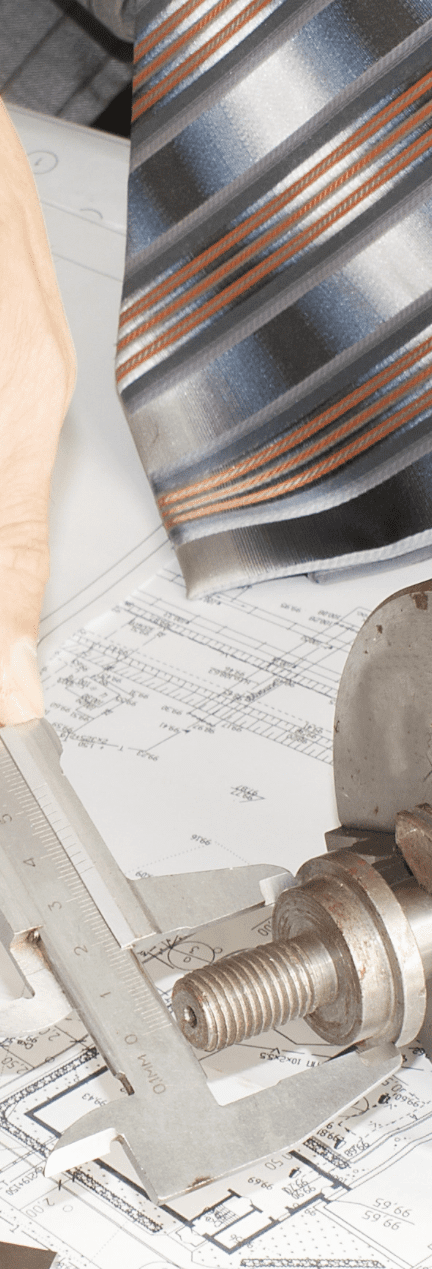
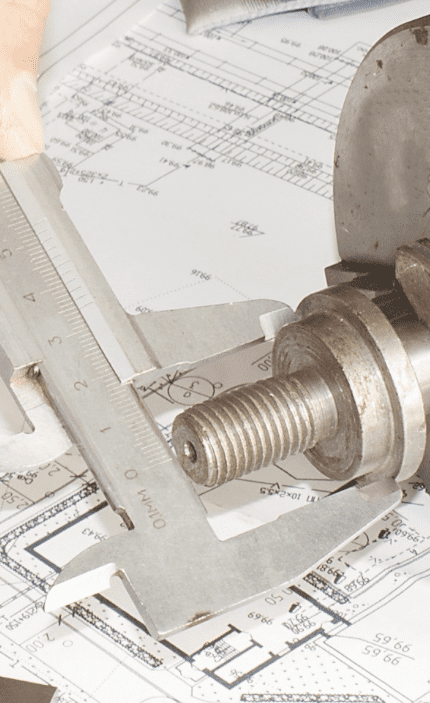
How Does Pricing Work?
There really isn’t a different process for pricing unique and geometric shapes when compared to the other four groups, but it may be worthwhile to note that the more complex that a shape is, the more in price it will typically be.
Shapes that are more complex will generally require multiple spin tools or even multiple spins. The other factors include size, material, and other operations.
Let’s take our stainless steel funnel for example.
The estimators will conclude that the best approach to making a funnel will be to cut a flat blank on our laser cutter, spin the metal into shape, and trim it. For factors that most influence the cost, the estimators will look at using
stainless steel instead of mild steel for better environmental protection, using the appropriate thickness, and reducing operations wherever possible to reduce the quoted price for the customer.
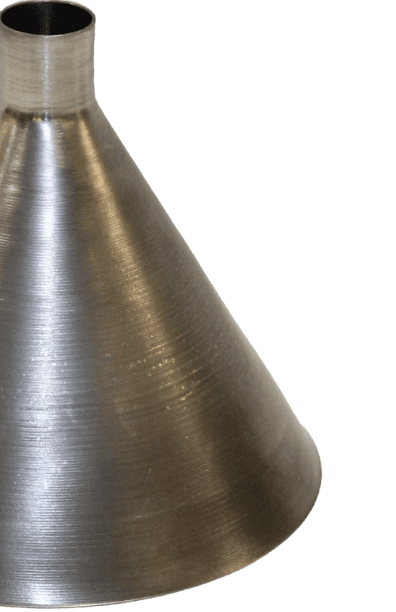
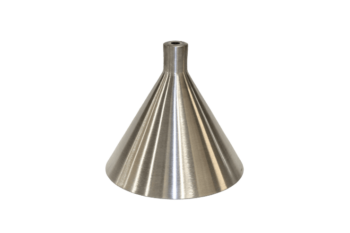
Wrapping Up
If you’re interested in learning more about our services, wanting a deeper understanding of our capabilities, or simply obtaining a quote for your project, don’t hesitate to contact our KRYTON team. We’re always ready to turn your ideas into reality with our state-of-the-art metal spinning techniques.



